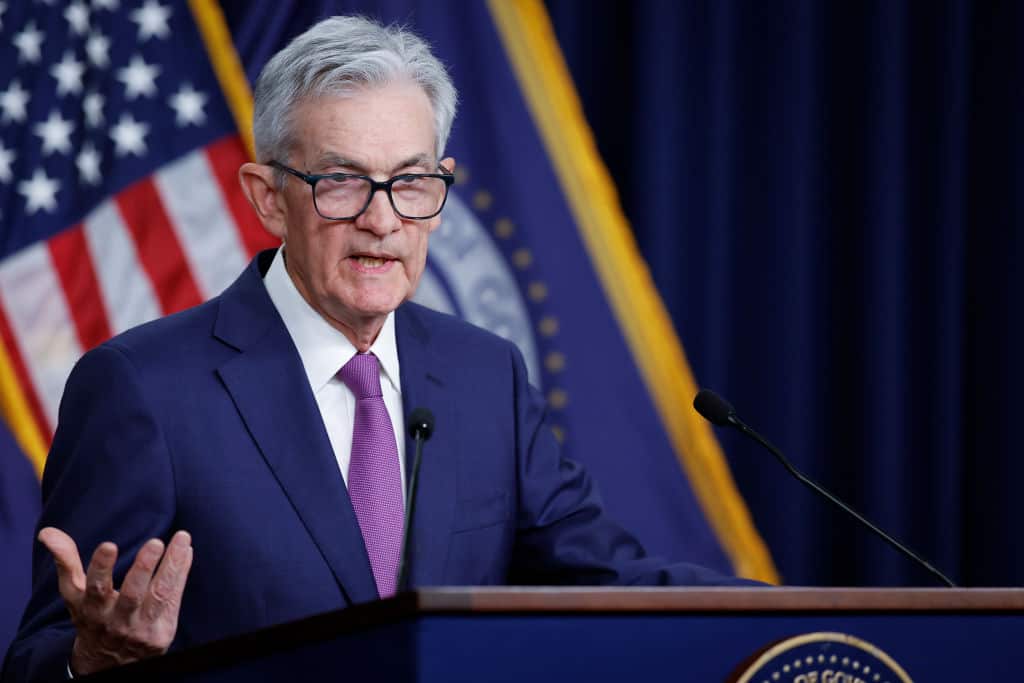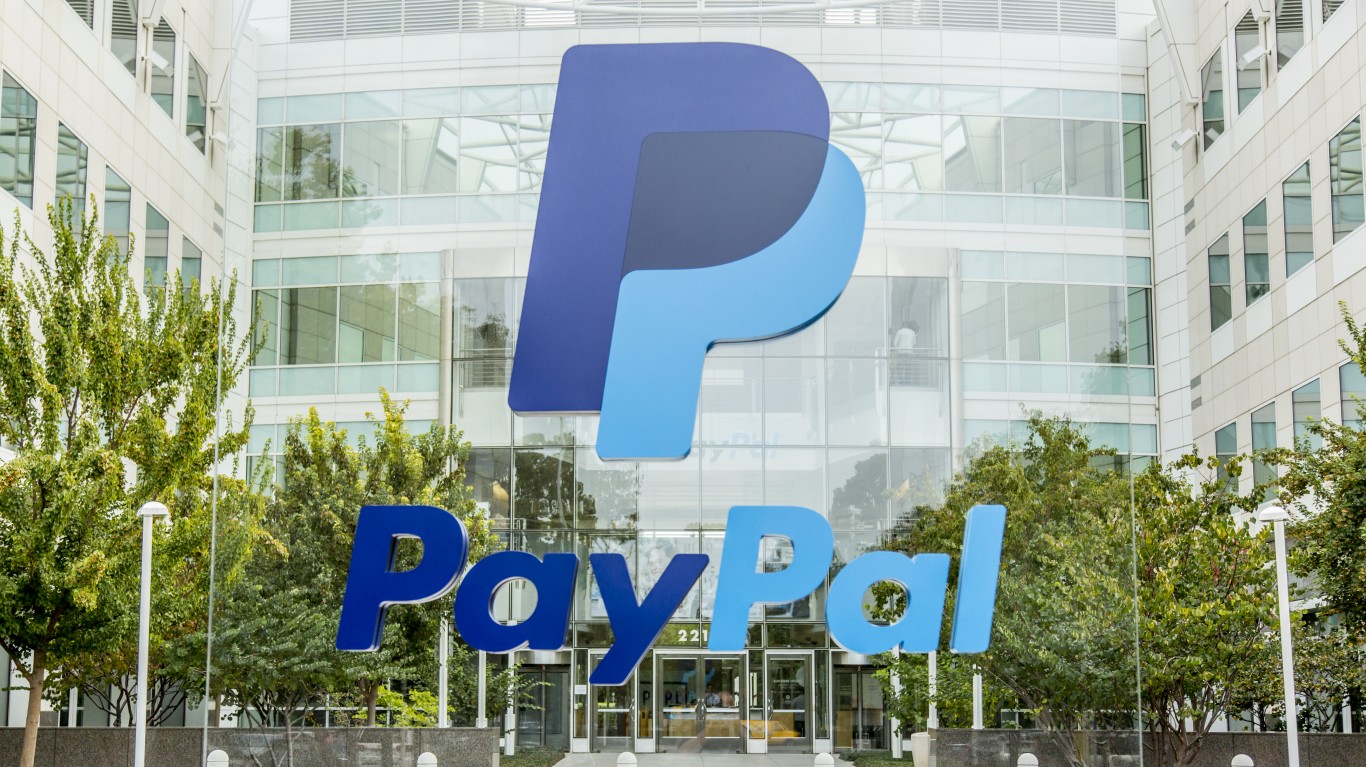
With over a year of interest rates continuing to remain above 5%, many investors appear to be taking a more defensive approach to portfolio construction. That’s not to say that capital is increasingly flowing into mega-cap companies that are generally considered to be safer due to their size. In fact, a rotation has been building in the market, where many investors are increasingly focusing their attention on small-cap stocks.
I think one of the interesting components of this rotation is an increasing focus on companies with more to gain from interest rate cuts. Interest rates have remained high in an explicit ploy to reduce lending activity and inflationary pressures in key areas of the economy. And now, we’re starting to see the effects of these policies play out in specific sectors.
However, if Fed Chair Jerome Powell makes good on market expectations that interest rates should come down, certain companies which are more sensitive to interest rates could get an outsized boost. Here are three such stocks I think investors may want to pay attention to right now.
Key Points About This Article:
- Federal Reserve interest rate cuts could be on the horizon, which will disproportionately affect some companies rather than others.
- These three stocks could benefit the most from this declining rate environment, and investors may want to add these companies to their watch lists right now.
- If you’re looking for some stocks with huge potential, make sure to grab a free copy of our brand-new “The Next NVIDIA” report. It features a software stock we’re confident has 10X potential.
Realty Income (O)

Since 2019, Realty Income (NYSE:O) is among the broad group of real estate stocks that has actually seen a decline. Like other real estate investment trusts (REITs) out there, Realty Income did see a nice pop following the pandemic, but it still wasn’t enough for this stock to make new highs in the post-pandemic world.
In fact, the stock has lagged significantly behind the S&P 500 and most indexes in recent years, despite the fund’s structure which allows investors to benefit from monthly dividends. With a forward yield of 5.2%, this is a stock that many view as a bond proxy. Of course, when interest rates are high for U.S. Treasurys, that automatically reduces the luster of a stock like this.
A REIT focused on retail and industrial properties, Realty Income has faced plenty of headwinds tied to store closures. However, O stock could see outsized upside from a declining interest rate environment, as less pressure is felt on the retail sector.
While interest rates affect cap rates, factors like property supply, demand, and credit also play a role. Lower interest rates typically lead to lower cap rates and higher commercial property values. Given the anticipated easing and Realty Income’s potential in a more favorable environment, now may be a good time to invest in the stock.
As interest rates rose, cap rates increased, reducing the value of properties bought at lower cap rates. With rates expected to stabilize and potentially decrease in September, now could be an ideal time to invest in Realty Income. The REIT has expanded its portfolio, especially in Europe, with new properties offering strong yields, including a 7.8% overall and 8.2% in Europe. Realty Income’s recent $0.263 dividend for July reflects a 5.6% yield, making it a promising investment opportunity for stable monthly income.
PayPal (PYPL)

PayPal (NASDAQ:PYPL) is well known as a leader in payment processing and the fintech world. The company has seen increased competition in this space, in part due to the profitability PayPal and others have shown over the years. With the likes of Adyen and Stripe nipping at its heels, PayPal’s gross margins have come under pressure over the past year.
That’s not to say there isn’t good news for PayPal investors right now. In fact, PayPal’s gross margin improved by over 70 basis points from Q1 to Q2. This uptick, driven by a renewed focus on product innovation, signals potential for higher-margin revenue in the future. And if interest rates drop, there are plenty of reasons why investors may want to jump on this cyclically-sensitive name.
With 429 million active users, PayPal reported an impressive 222 million users engaging with its products monthly. Monthly active user growth accelerated 3% higher in Q2, an increase from previous quarters. Venmo, a key driver of this metric, saw a 5% increase in monthly active users. Additionally, PayPal’s monthly transactions per user rose 11% year-over-year, highlighting growing engagement across its portfolio of products. While total account growth was flat, focusing on enhancing activity within its existing user base presents a significant opportunity for PayPal.
Recently, PYPL stock got a significant boost after the company announced the U.S. launch of its one-click guest checkout system, Fastlane, now available for businesses of all sizes. Fastlane was introduced in a bid to streamline guest checkouts, and is part of PayPal’s broader efforts to strengthen its position in the payments industry. Mizuho Securities, which rates PayPal at Outperform with a $90 target, noted that the launch counters many of the concerns bears have posed in the past, as it may enhance the company’s margins.
Chevron (CVX)

Although Chevron (NYSE:CVX) has underperformed the market thus far this year, there’s a strong case to be made that this oil & gas giant is well-positioned for growth moving forward. The company has grown its production by 11%, setting a new quarterly record in the Permian Basin. The boost is due to PDC Energy asset integration and development. This production growth positions Chevron to benefit well from potential oil price increases over time. And given the uptick in geopolitical risk of late, oil prices have indeed been rising.
Chevron’s investments in oil and gas are long-term in nature, offering investors substantial return potential, despite the ever-present possibility of short-term volatility. The company’s strong production growth, particularly in the Permian and DJ Basins, is notable, with Permian volumes expected to rise 15% and Q4 production nearing 940,000 barrels per day. The company’s recent PDC Energy acquisition is also boosting DJ Basin output, positioning Chevron for a 4%-7% production increase in 2024, making it an appealing investment on most metrics.
Moreover, another major acquisition – the company’s $53 billion acquisition of Hess Corporation – could provide a big boost for investors over the long-term. This strategic move, to own a much larger share of the broader space and continue to invest in its core assets, makes Chevron a premier company to own over the long-haul, in my view.
Thank you for reading! Have some feedback for us?
Contact the 24/7 Wall St. editorial team.





